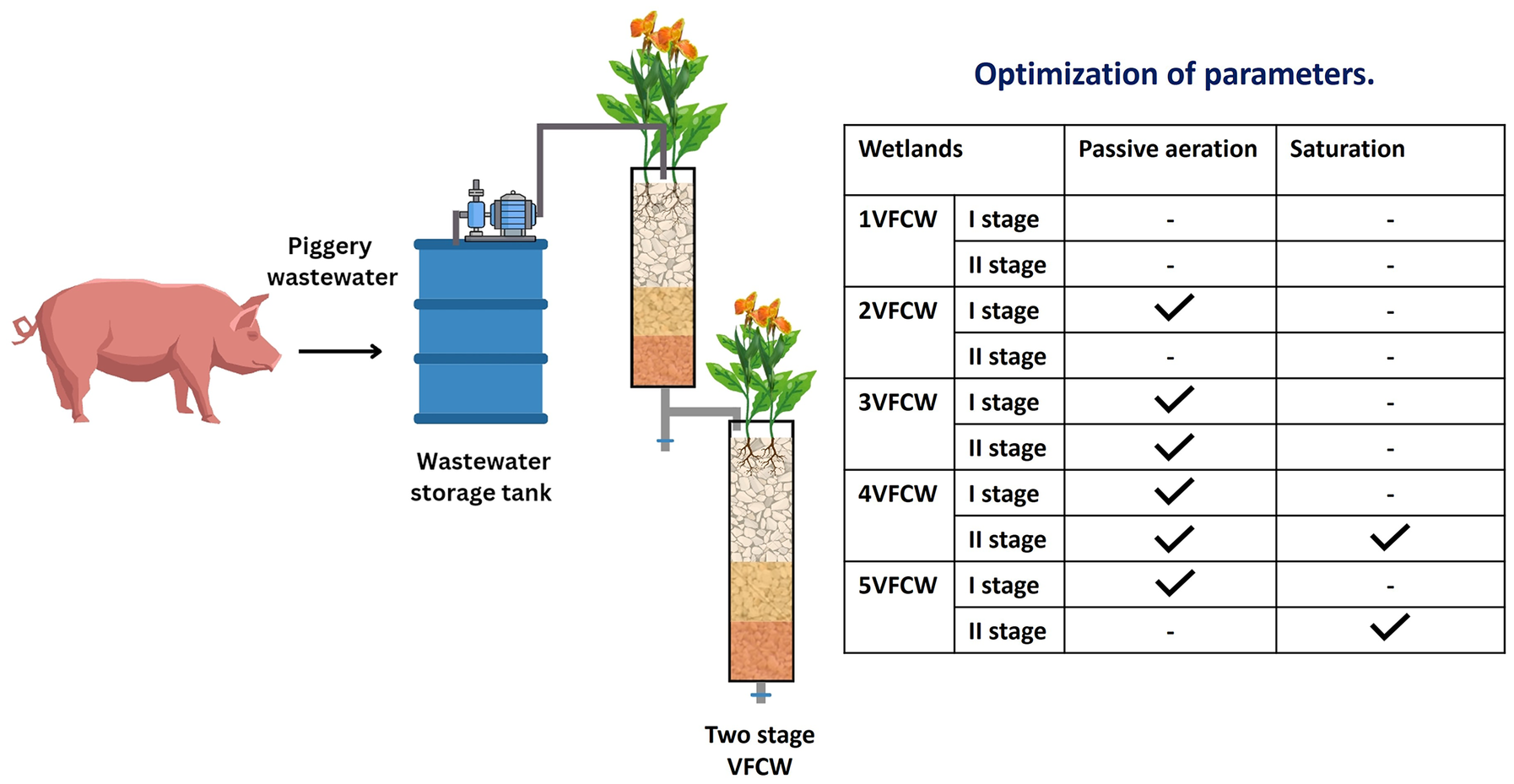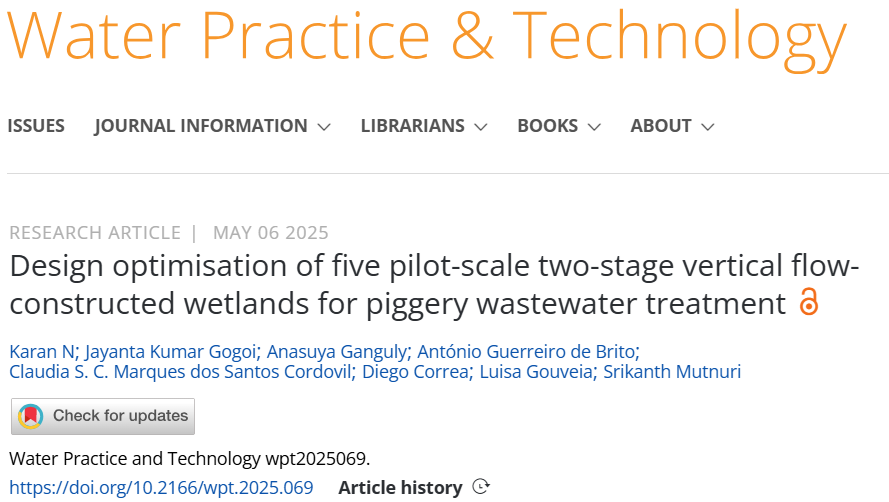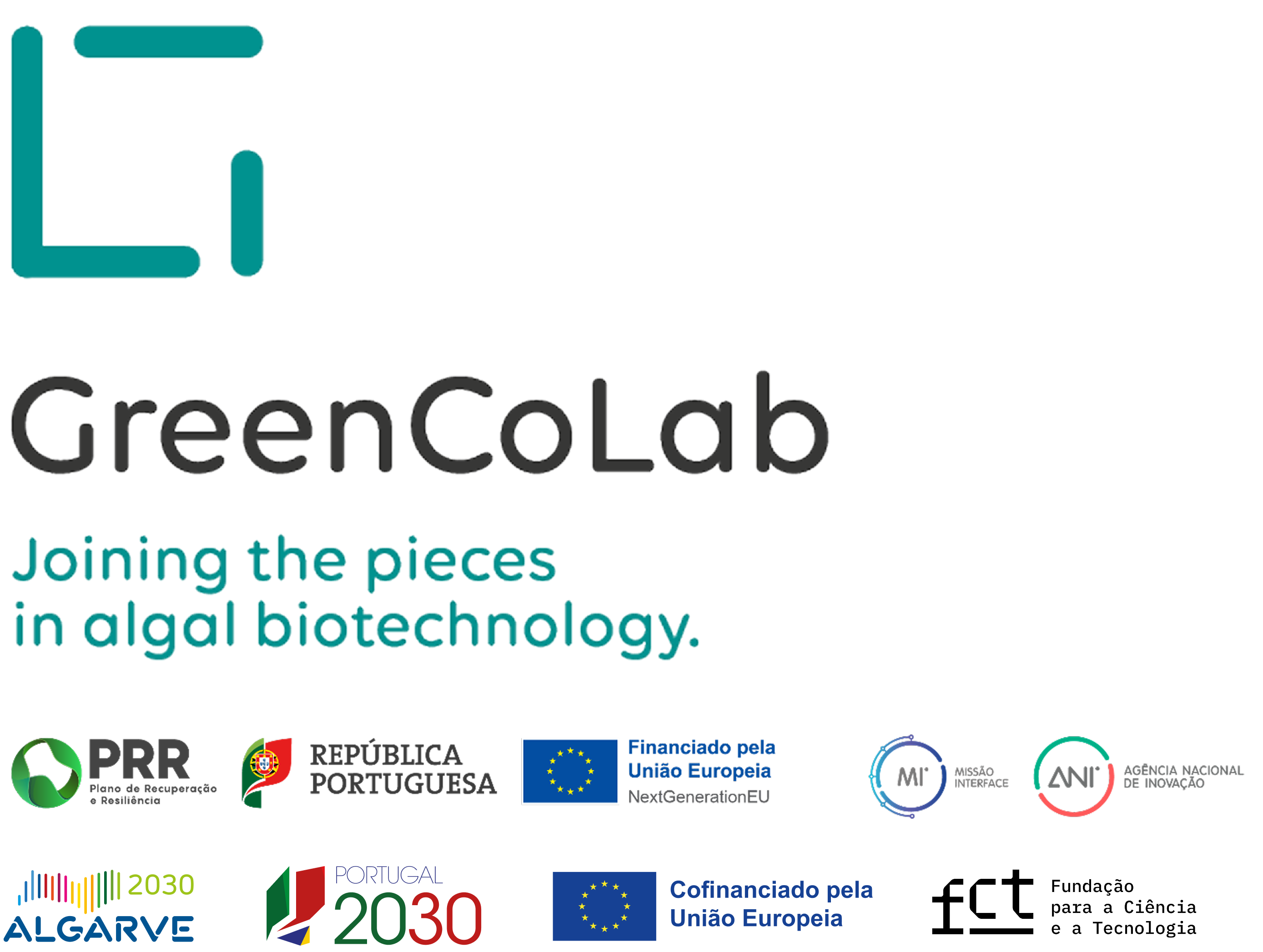

TITLE
Design optimisation of five pilot-scale two-stage vertical flow-constructed wetlands for piggery wastewater treatment
JOURNAL
Water Practice and Technology
AUTHORS
Karan N; Jayanta Kumar Gogoi; Anasuya Ganguly; António Guerreiro de Brito; Claudia S. C. Marques dos Santos Cordovil; Diego Correa; Luisa Gouveia; Srikanth Mutnuri
ABSTRACT
With growing pig farming, sustainable piggery wastewater treatment methods are essential for environmental protection. This study evaluated five pilot-scale two-stage vertical flow-constructed wetlands (VFCWs) with varying configurations of aeration, plantation, and saturation zones. Three VFCW configurations (1VFCW, 2VFCW, and 3VFCW) were unsaturated, while 4VFCW and 5VFCW were saturated in the second stage (up to 60 and 90 cm, respectively). The 5VFCW featured a stacked configuration with no space between its two stages. Passive aeration was selectively applied in 2VFCW, 3VFCW, 4VFCW, and 5VFCW, while plants were present in most configurations except the control. Saturated 4VFCW achieved the highest removal efficiency for TN (77.03 ± 16.24%) and NO3− (46.06 ± 45.96%), while the stacked 5VFCW showed the highest removal for chemical oxygen demand (COD) (94.17 ± 4.85%) and total ammoniacal nitrogen (TOC) (86.35 ± 6.78%). Unsaturated 1VFCW excelled in TAN removal (98.89 ± 0.33%), and the control system (C) showed the highest removal efficiency for PO43− (90.38 ± 6.52%) and TOC (87.52 ± 9.83%). Overall, 4VFCW emerged as the most balanced and effective system, supported by an optimal combination of aerobic and anaerobic conditions that facilitated sequential nitrification and denitrification, along with an extended hydraulic retention time due to saturation.



